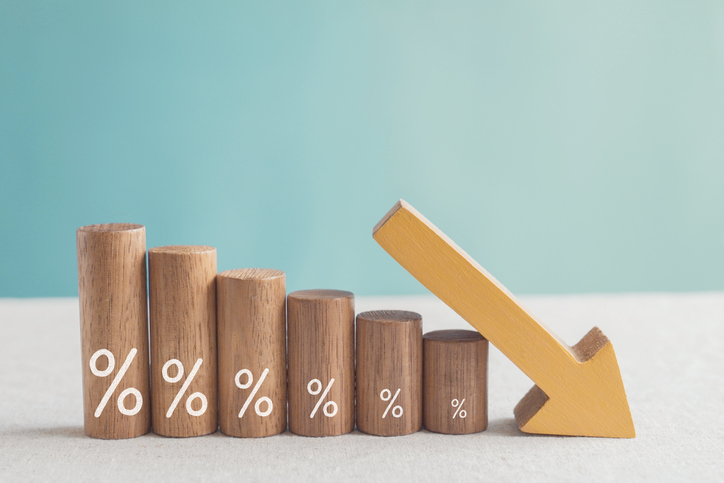Inflation Measures Are Meaningless without House Prices: But Their Use Produces Huge Distortions
The comments below are an edited and abridged synopsis of an article by Joseph Carson
Consumer price measures are meaningless because they don’t include house prices, even though a majority of people own homes. There is no way of effectively measuring inflation if house prices are not included. Their exclusion has caused huge distortions in reported inflation, the economy, and in finance.

For the past 20 years, the Office of Federal Housing Enterprise Oversight house price index rose nearly 100%, but the owner’s rent index in the Consumer Price Index (CPI) rose by less than 70%. That’s a large divergence.
But the divergence is not even across the economic cycle. House prices are pro-cyclical, while rents are counter-cyclical. That means the cyclical rise in inflation is understated.
If housing were part of the CPI in the 2000s, economic expansion would have made an enormous difference to reported inflation. Replacing house prices for owner rents, the CPI would have averaged 4% per year, and core inflation around 3.75% in the 2000s growth cycle, both roughly 1.5 percentage points above reported inflation.
It is hard to imagine that policymakers would have kept official rates so low during the 2000s expansion, and even in the 2009 to 2019 cycle, had inflation measures included housing prices.
Accurate measurement of inflation is not merely an academic issue. Huge distortions can occur in the economy and finance if price measurement paints an inaccurate reading on underlying inflation.
In 1999, the BLS stopped using house prices in the CPI, while in the past two decades, the Fed has used an informal and formal targeting of inflation as their policy tool. The gap in income and wealth inequality has grown during this period.
In the last 20 years, the median value of the net worth of the top 10% has more than doubled, while gains for other income cohorts have barely increased, reflecting the disproportionate ownership of equities. The top 10% hold 90% of all equity investments. Median income gains were equally skewed: The top 10% had outsized gains, helped by large capital gain income.
The inaccuracies of price measurement have gone on too long. As reported, price statistics no longer ensure the objectivity and accuracy that is needed.

